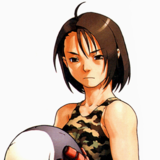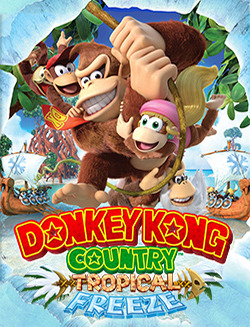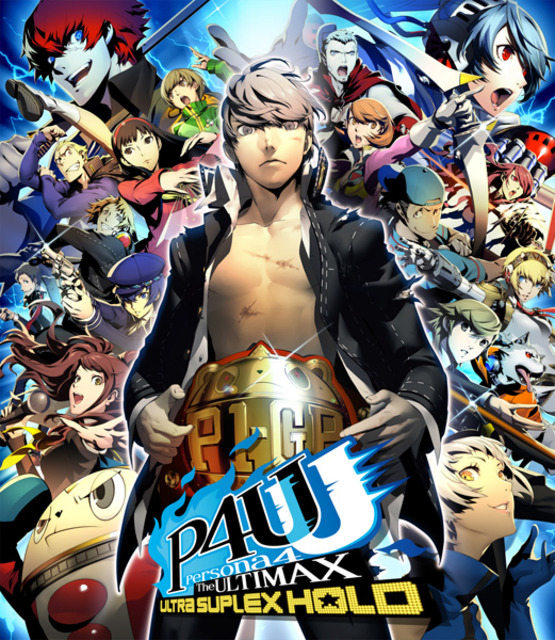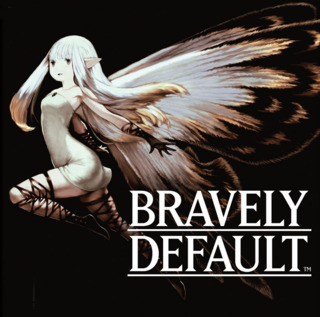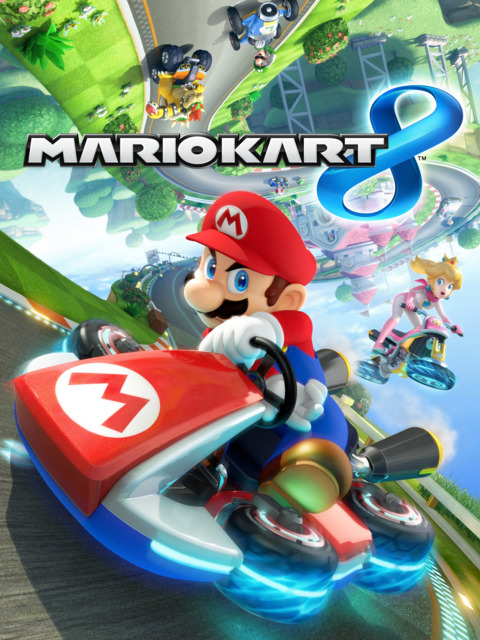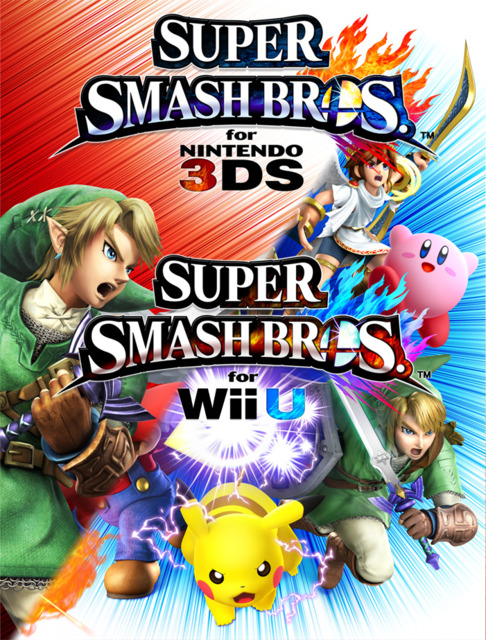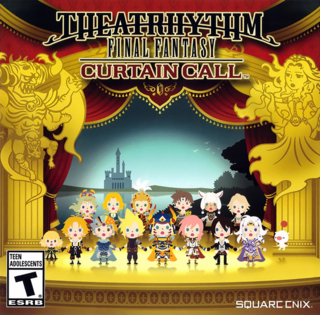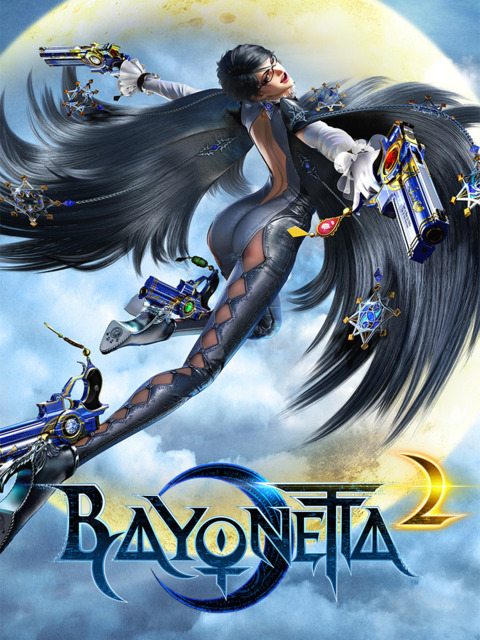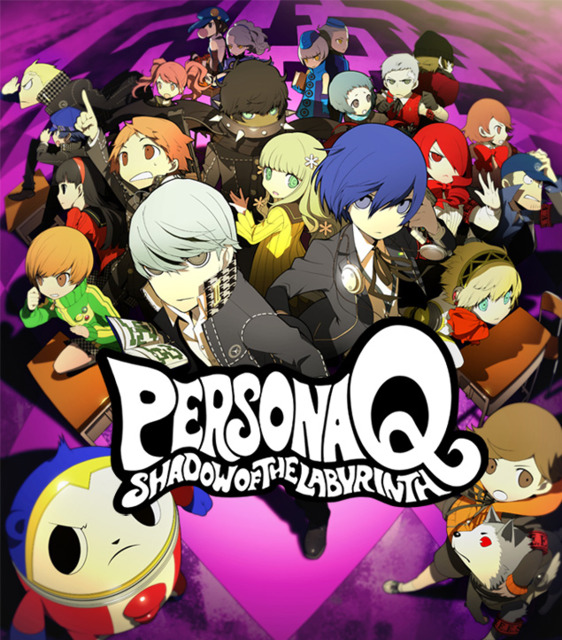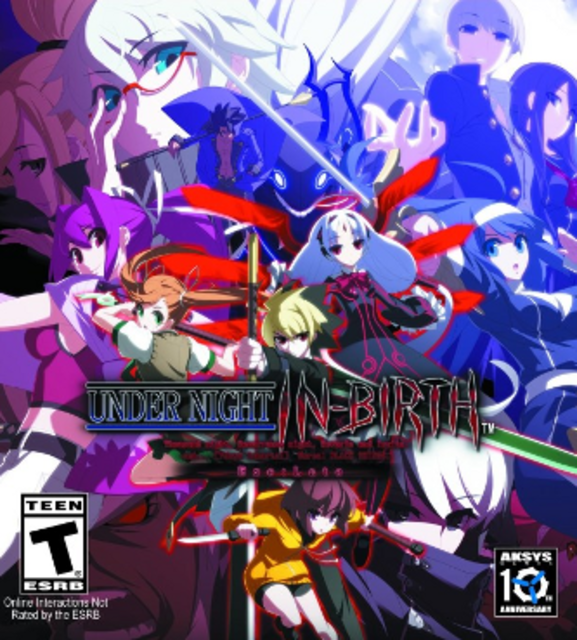GOTY 2014
This year will be my third year in producing a Games of the Year list, and it has been the hardest year to cobble together a GOTY list to date. I struggled to get in ample gaming time this year (especially on the consoles), my sessions mostly limited to long sessions over the weekends and holidays. Many of the games that landed on my list were released from Summer onward, and it has not been easy to squeeze in so many games in the last two months of the year that coincided with my busy working schedule. I hate to admit that playing games have felt more like a chore that needed to be taken care of.
As I finally have a little time to breathe, I found the rush of deliberating which games landed at their respective spot to be a short, fun excursion. I was able to quickly pluck which games that I though made a strong impression of me out of the total games that I felt like I had gathered enough information to formulate an opinion on. (It helped that there wasn’t an overwhelming amount of games I had to choose from.)
However, ranking the shortlist of games proved to be an unexpected challenge. I knew these ten games stood out, but what makes one game stand out to me more than the other. It was a challenge to judge each game “equally”, as there are games that I spent more time than others, as well as discounting how “successful” I was between each game. I did not want to penalize a game where I things haven’t quite gone my way, and games that I only spent 10 hours against others where I spent much more time on. There were numerous clashes with games from one genre going up against another in another genre, but also games that were competing within the same genre.
After hours of deliberation, I settled on the list. There was something that the higher ranked game had a little more than the game before it, and it was tough slotting the games ranked three through eight. The top two games I felt had a culmination of things that really stood out from the rest and I easily pushed those two at the top. It was equally hard to choose one over the other, but in the end, the game at number one had an element that number two did not have.
Now I present to you, my top ten games of two thousand and fourteen.
[Other Games Considered]
- BlazBlue Chrono Phantasma
- Child of Light
- Demon Gaze
- Hatsune Miku: Project Diva F 2nd
- Mario Golf: World Tour
- Picross e4 & e5
[Games Acquired But Not Played/Played Enough]
- Arcana Heart 3 LOVE MAX!!!!!
- Dengenki Bunko Fighting Climax
- Final Fantasy X/X-2 HD Remaster
- Lightning Returns: Final Fantasy XIII
- Magical Beat
- Tales of Xillia 2
- Tears to Tiara II: Heir to the Overlord
- Ultra Street Fighter IV
- Valiant Hearts: The Great War
